How Will Molecular Markers Be Used in MDS Risk Stratification?
By Guillermo Garcia-Manero, MD, Sangeetha Venugopal, MD, George Yaghmour, MD, Jamie Koprivnikar, MD - Last Updated: January 12, 2024A roundtable discussion, moderated by Guillermo Garcia-Manero, MD, Blood Cancers Today Associate Editor, of the University of Texas MD Anderson Cancer Center, focused on the latest data in the treatment of low-risk myelodysplastic syndromes. Dr. Garcia-Manero was joined by Jamie Koprivnikar, MD; George Yaghmour, MD; and Sangeetha Venugopal, MD.
In the last segment of the roundtable series, the panel discusses forward-looking thoughts for the treatment of low-risk myelodysplastic syndromes, including use of molecular markers, MRD, and more.
Watch more segments from this series.
—
Dr. Garcia-Manero: To complete the meeting that has been so much fun, maybe some last thoughts or wishes. Let’s start with Jamie.
Dr. Koprivnikar: I think after taking a look at all of these abstracts, I have always been checking molecular markers, but I think I’m really going to be incorporating these molecular markers and using the IPSS-M [Molecular International Prognostic Scoring System] increasingly. We’ve really seen across a number of abstracts that this provides more accurate risk stratification for our patients. I’m really excited to have all of these options for our patients with lower-risk MDS [myelodysplastic syndromes] and I think there’s so much more that remains to be uncovered in terms of the disease modifying and potential anti-inflammatory effects of these agents. I look forward to hearing more of that at future meetings, but it’s an exciting time to be treating these individuals.
Dr. Garcia-Manero: Any closing remarks?
Dr. Yaghmour: Yeah, before I close, I just want to add something very important. I had comments from a lot of patients that they go two years under my monitoring and any treatment we offer them, and when they get to the point, then they progress quickly. They always say, “I never expect my disease will progress that fast,” when they get to that progression. Basically paying attention to this group of patient population, also discussing with them earlier transplant or more curative options might be beneficial.
Another comments before I close is venetoclax and the BCL-2 inhibitor combination treatment is going to be over survival benefit. We are excited about better response, CR [complete remission] CRi [complete remission with incomplete count recovery]. We’re focusing on blast counts and we have more myelosuppressive effects and risk of affection. In the setting of doing transplant, does it matter? Then we talk about minimal residual disease (MRD) and the role of MRD before transplant for those patient population in MDS. That’s another exciting topic.
To close, it’s exciting fields. Over the decades we didn’t have anything besides erythropoietin-stimulating agent (ESA). Now we have a lot of active, interesting pathways including luspatercept and others, telomerase inhibitor, and I’m so excited about this data and we are transitioning to better work for MDS.
Dr. Garcia-Manero: Thank you, George. For me, first of all, thank you for your attention. It’s a pleasure to be with my colleagues here. I agree. We had these ESAs for 30 years when I was a fellow, well actually I was a resident in the early 1990s actually. They were already the only drug that we had. It’s taken 30 years to come with new drug for our patients. But I think it’s just the beginning, right?
I actually, like Jamie, was very impressed by this presentation on the correlative analysis of COMMANDS, looking at the modulation of luspatercept on the TGF-β pathway, maybe on some of these cardiac-related molecules like the pro-BNP. I think this is going to open an era of maybe in some specific targeting of these drugs, and I think we need to actually finish the job. We need to understand better what this drug does in RS [ring sideroblast]-negative patients. I think the ELEMENT trial, looking at transition-dependent patients, is going to be really important.
The question that Jamie ask is are these disease-modifying agents or not? If we could show that and spare the transplant, then we’ll be probably a little bit better off. The fact that we already have some second-generation compounds that maybe in the future could help us rescue some of these patients who become transfusion dependent like KER-050 or maybe the telomerase inhibitor.
Let’s not forget actually that we work very hard to develop oral hypomethylating agents that could also have a significant role there. I think as we put this big molecular marks and we start understanding better what these MDS patients are, that we’re really going to start seeing great improvements in the outcomes of our patients. Thank you very much for your attention and thank you very much for being here.

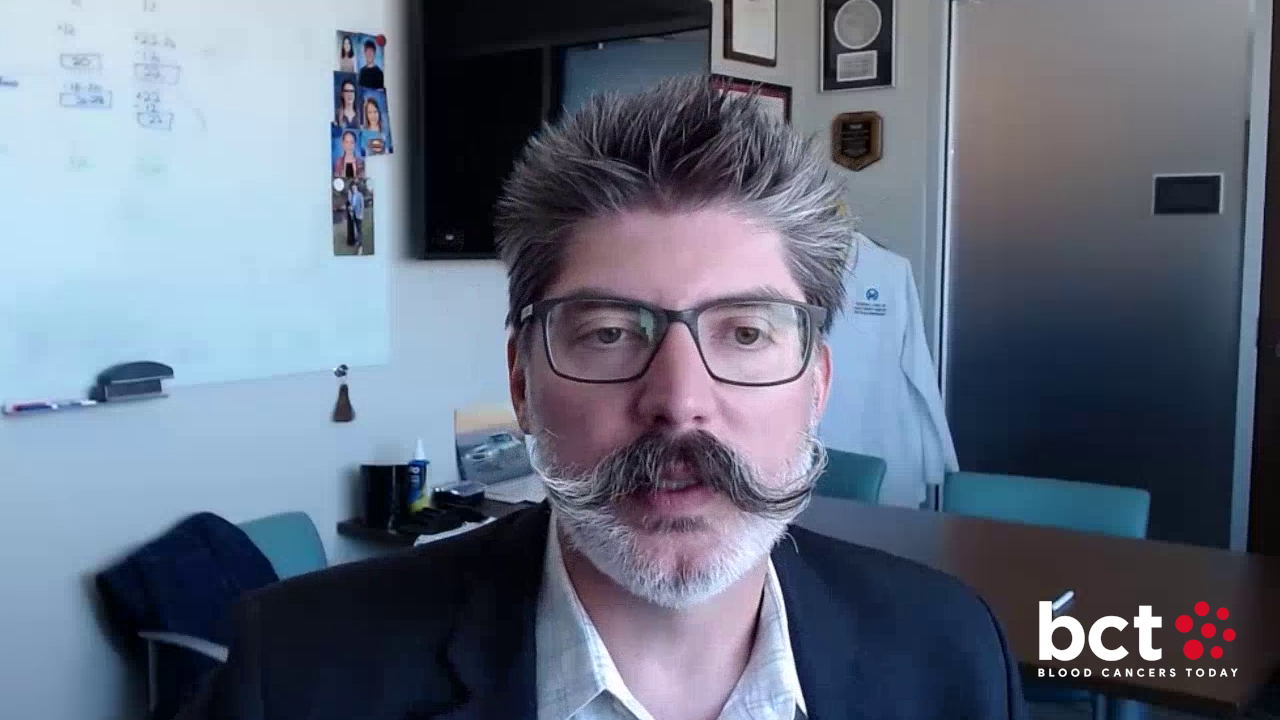
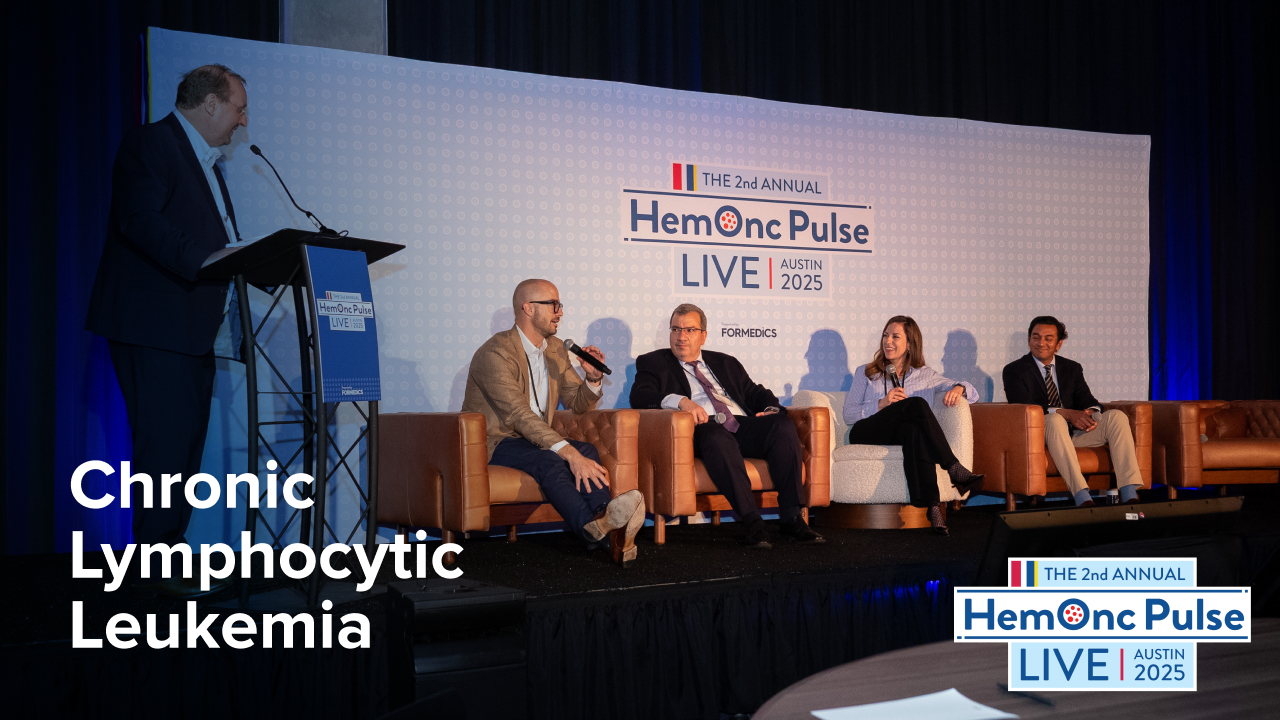
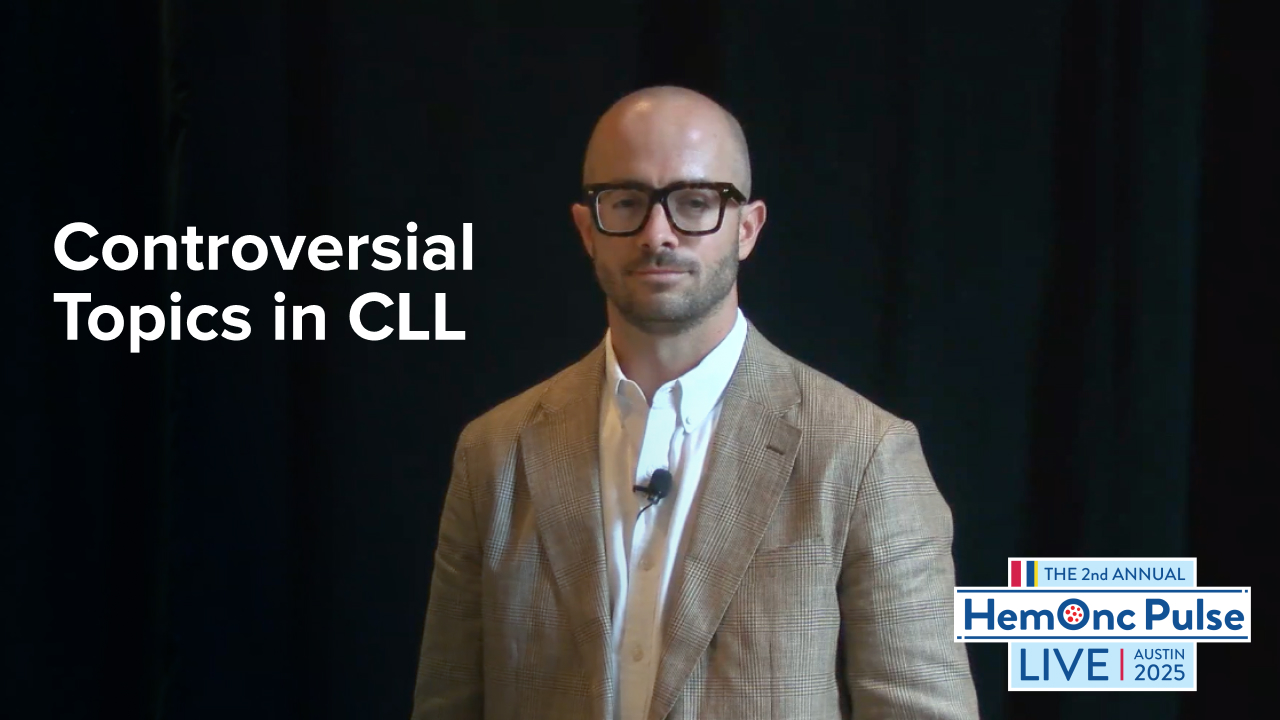
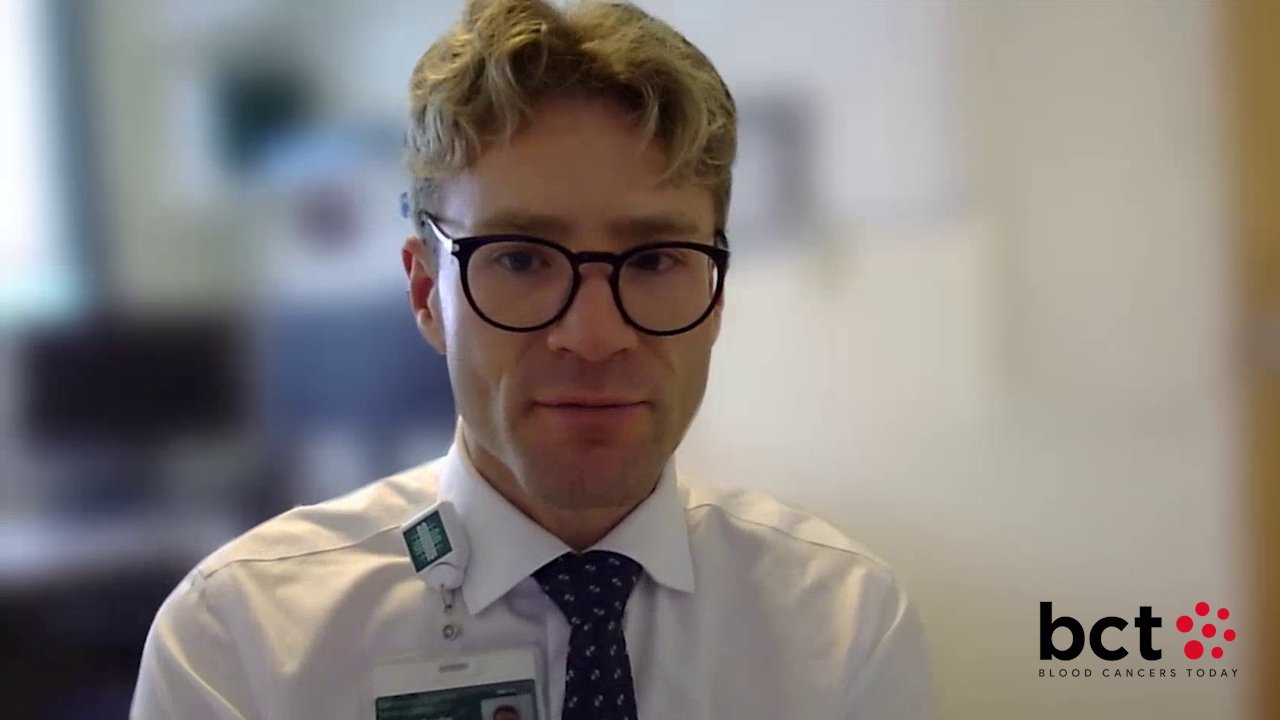
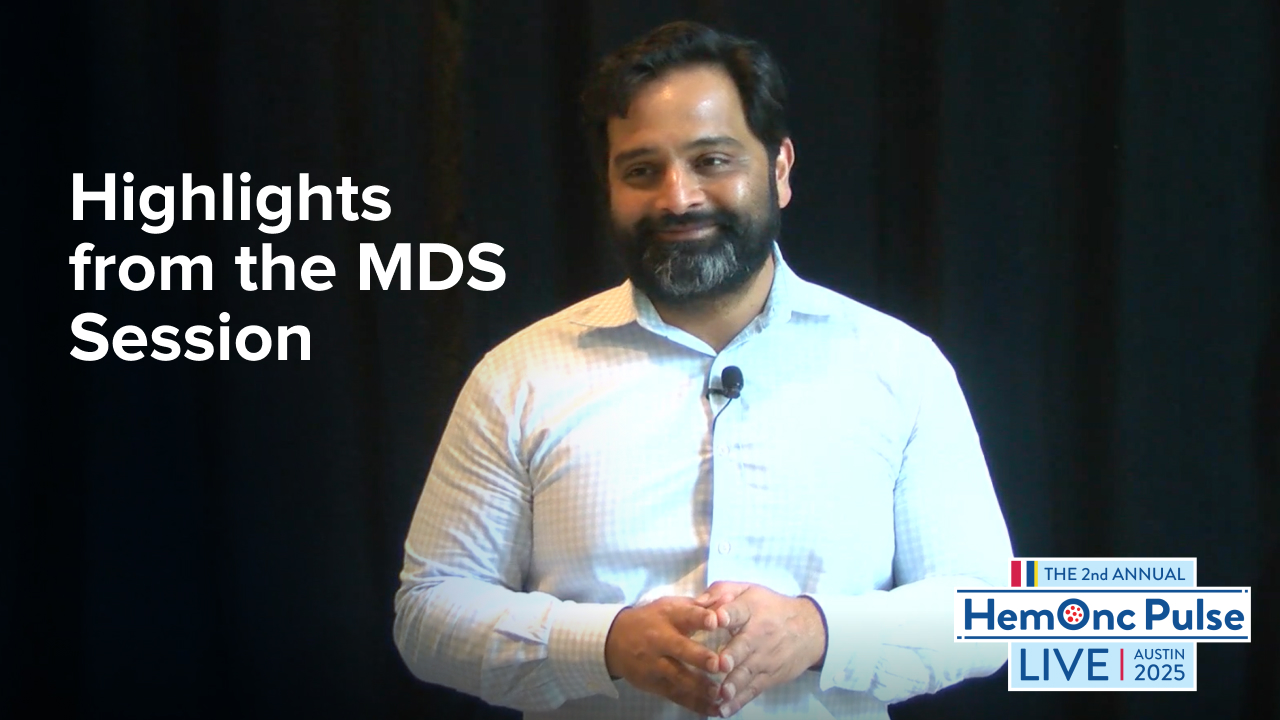
 © 2025 Mashup Media, LLC, a Formedics Property. All Rights Reserved.
© 2025 Mashup Media, LLC, a Formedics Property. All Rights Reserved.